Patrick,
I have contacted you in the past about this issue. Unfortunately, you decided it was not important even though it affects millions of native species. You continue to present a view in your strip that actually thumbs your nose at scientists and biologists. I hear that you have an animated film coming out soon, so I thought I would contact you again in hopes that you have matured and are willing to revisit the issue.
You have a wonderful opportunity to educate people on a very important issue related to cats and the environment. It is great to find homes for animals that need them, but there is a bigger issue that many cat organizations and animal activists sadly ignore. Please feel free to forward this to everyone on your mailing list, and to any cat activists or experts who are involved with your company or speak at your cafes. I realize this is a long letter, but if you grab a glass of wine and kick off your shoes, and read it all the way to the end, I think you will feel it was worth your time. If you truly care about all animals and nature, I cannot imagine how you could read this and be informed and still feature outdoor cats in your strip.
I love all of nature and hate to see any living creature suffer. When looking at the bigger picture of the entire environment or ecosystem, however, sometimes hard decisions have to be made to protect all of the animals, rather than one species.
Feral cats are an invasive species in many countries, including the U.S., and they are decimating the native songbird populations, sometimes to the brink of extinction. Nature did not intend for an invasive species to part of the delicate balance of predator and prey, and feral cats are extremely destructive to the ecosystem. Biologists and other experts agree that the feral cat is one of the most destructive invasive species, and in my state of Florida, the wildlife experts stated that the feral cat is THE NUMBER ONE most destructive species. Eradication is the only solution.
Sadly, many cat lovers are irrational and selfish, and refuse to consider destroying feral cats, no matter how necessary…and many refuse to keep their pet cats indoors. The trap/neuter/release efforts are well-intentioned, but they don’t begin to put a dent in the exploding populations of feral cats. NO invasive species should ever be released back in to the wild, spayed or not. In Florida, it is illegal to release a non-native species (invasive) into the wild, yet the law is not enforced regarding feral cats or irresponsible cat owners who allow their pets to roam free outside. Hypocritical cat owners in Deltona screamed bloody murder when wild dogs killed their outside pet cats, but the dogs were just doing what is “natural” (a claim made by cat lovers when the cats kill birds). Cat owners cry when a driver kills their pet, yet their pet’s blood is on their hands for letting their cat loose on the neighborhood streets. Pet cat owners must keep their cats indoors where such a destructive invasive species belongs. Cat organizations are well-funded and organized, and their members are loud and passionate…but unfortunately often unreasonable and irrational. The well-funded cat groups could build sanctuaries and enclosures for ferals (that often do not make good pets), if they cared about all of nature and the entire ecosystem. By the way, cat feces can carry a dangerous disease that can damage human eyes (toxoplasmosis?), so ferals are a health hazard to humans, as well. Right now, feral cats are using a sandy area on the children’s playground of a middle school in Winter Park as a litter box. It is not just nasty, but dangerous to the health of the children. Yet, the “cat women” seem only to care about feeding those feral cats.
An Audubon Society director told me that cat groups constantly sabotage any efforts toward a real solution. He told me of a colony of endangered water bird in New England that was being attacked by a colony of feral cats. Experts agreed that destroying the cats was the only viable solution. Do you know what the cat wackos suggested? The cat nuts suggested putting the ENDANGERED NATIVE species of bird into a ZOO, where it would likely die out, and leaving the NON-native, INVASIVE species of cats alone. Insanity. Unfortunately, that is the mentality of many cat warriors.
In Australia, some native bird species have gone extinct because of feral cats. On the beautiful island of Maui, the once-great biodiversity is gone and the island is overrun by feral cats. Sure, over-development was another cause, the but the cats were the main cause and the nail in the coffin for many island species. A kind-hearted elderly woman in my neighborhood told neighbors that her walled-in garden was once full of birds. Now, all she sees are “feathers and cats.” This is happening in neighborhoods all over the country and world.
Sadly, many cat lovers would rather see an entire species of native bird go extinct than agree to the killing of one feral kitty. This makes working together with them nearly impossible. I tried discussing this with a woman feeding feral cats and her reaction made me feel that she would rather see me dead than one of her cats. Many articles on invasive species often tip-toe around the issue of cats, and some don’t mention them at all. As I said, wildlife and animal control agencies often don’t enforce laws regarding invasive species and free-roaming pets when it comes to cats and cat owners. It seems many are intimidated by cat lovers and their passionate feelings regarding this species. I imagine that will change as the situation becomes more dire, or when some child contracts a disease from feral cat poop.
Research shows that cats are one of the few species that kill for pleasure and not just for food. I find that creepy, but the point is that feeding feral cats doesn’t stop them from killing birds. Yes, they kill rats, too. However, that just takes more food away from native predators, like owls and hawks, which in turn kill more birds to make up for the loss of the food source. Birds are the loser, AGAIN.
I admittedly love birds, but I am objective. There is a non-native species of green parrot in South Florida that is wreaking havoc on the ecosystem. I fully support destroying the invasive parrots, because it is the right thing to do.
The issue of invasive species is about SCIENCE, not some personal attachment or emotional feelings toward one particular species. Pet cats must be kept indoors, regardless of the inconvenience to pet or owner. Feral cats have to be destroyed. Period. Many will think of me as a cruel monster for saying this. That is why we have such a long way to go toward effective solutions, and I fear we will lose more bird species to extinction in the process.
I urge you to consider adding education regarding invasives, feral cats, and keeping pet cats indoors ….to the work you are doing. It would be a wonderful chance to help cat lovers become partners with scientists and environmentalists, rather than enemies. Don’t you think? Do the right thing, and keep your cat characters indoors where they belong.
Peace,
Glenn
Glenn










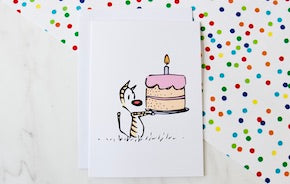

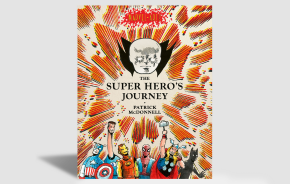
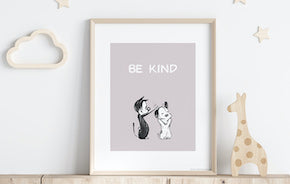
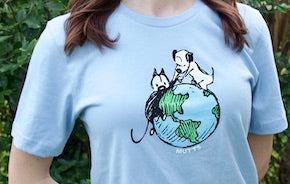
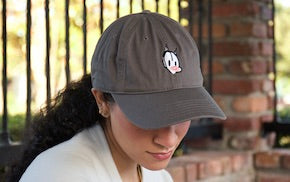

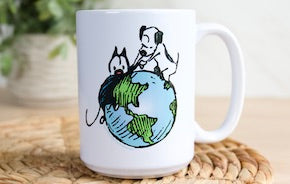
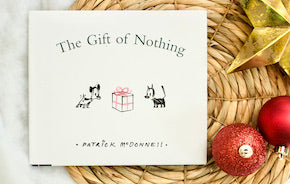
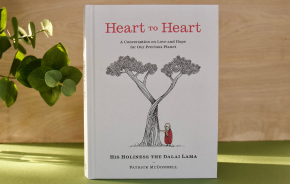
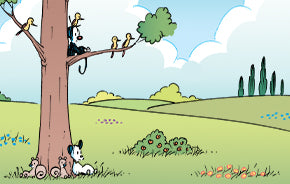



Comments (1)